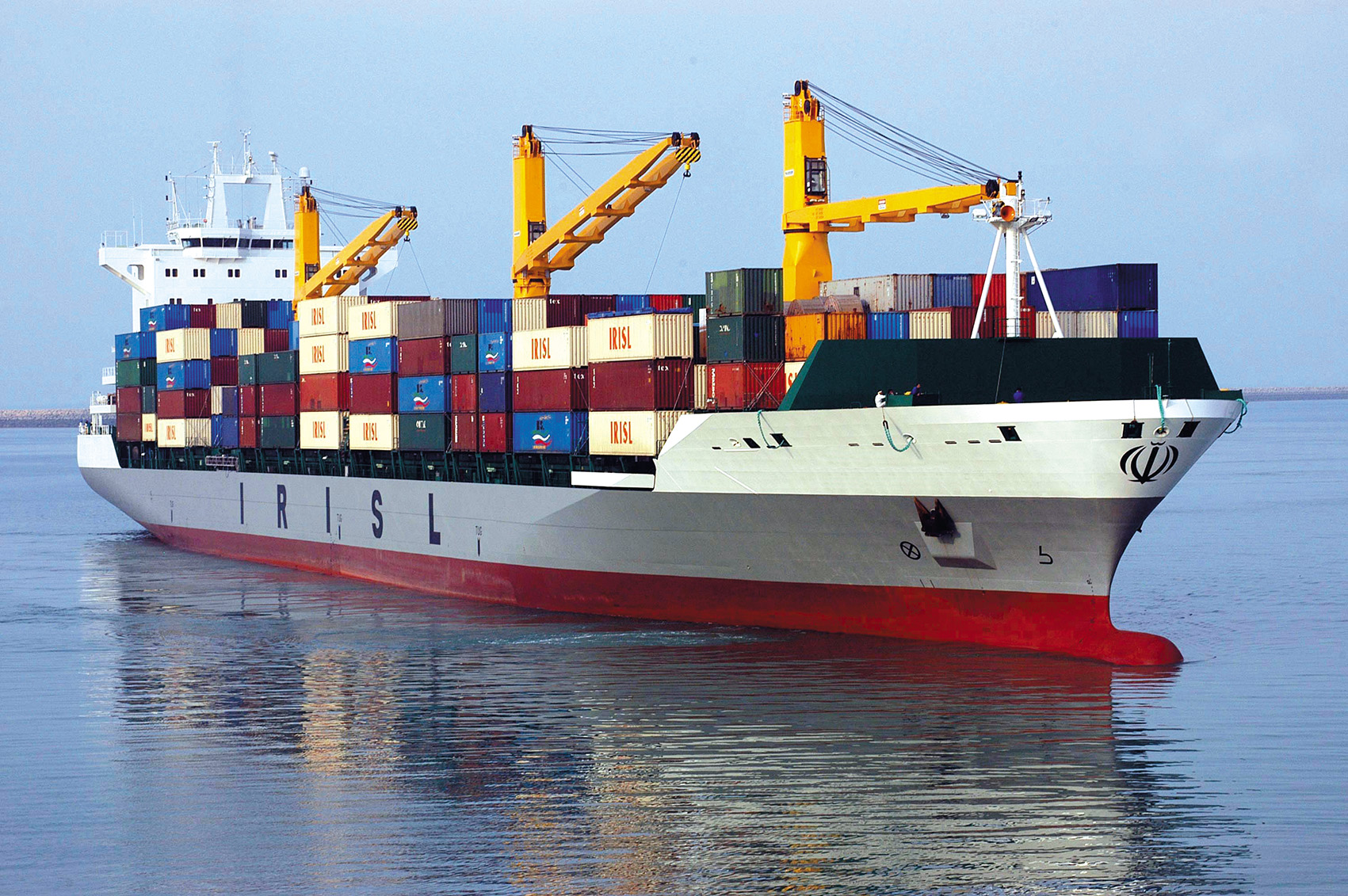Export Guarantee Fund of Iran will start covering the risk of fluctuations in foreign exchange rates to exporters from next month, EGFI director, Kamal Seyyed Ali said on Monday.
“Forex hedging is basically done by the banking system; however, we would offer the coverage to those who buy our guarantees,” he was quoted as saying by the EGFI website at a press conference on Monday.
“We will start offering the coverage after the board finalizes the fees,” he said.
A foreign exchange hedge transfers the foreign exchange risk from the trading or investing company to a business that carries the risk, such as a bank. There is cost to the company for setting up a hedge. By setting up a hedge, the company also forgoes any profit if the movement in the exchange rate would be favorable to it.
Seyyed Ali had earlier said that the Central Bank of Iran would allow the banking system to cover the risk of fluctuations in foreign exchange rates, when it manages to unify forex rates.
EGFI is also planning a range of new services including “customs guarantees, coinsurance and reinsurance in cooperation with foreign export credit agencies as well as supporting small and medium-sized enterprises,” he added.
Iran’s export credit agency has issued export coverage worth $265 million during the four months ending July 20 – a 42% growth compared with the same period last year.
“The value of EGFI’s short-term guarantees also registered a growth of 287% during that period,” Seyyed Ali added.
Political upheavals and rising insecurity and instability in the neighboring countries have raised the stakes for EGFI, according to Seyyed Ali. “The Iraqi government could not reimburse 25 Iranian contractors working in that country, mainly due to the sharp fall in oil prices.”
“The government provided the EGFI with $200 million to compensate the contractors and so far they have received $140 million.”
Elaborating on the government’s plans to boost non-oil exports, he said, "Some $2 billion has been set aside by the National Development Fund of Iran as credit for buyers of Iranian goods.”
“Besides, the government is doling out 20 trillion rials ($647 million) worth of loans to exporters also aimed at promoting the non-oil sector.”
According to the latest report by the Islamic Republic of Iran Customs Administration, non-oil exports during the first four months of the current Iranian year (started in March) earned $16.3 billion, which indicates a 21.11% rise compared with the corresponding period last year.
The official added that automakers have requested $100 million coverage from the EGFI for exporting their vehicles.
Risk Rating
Pointing to the recent upgrade in Iran’s risk classifications by the Organization for Economic Cooperation and Development (OECD), Seyyed Ali said that Iran is expecting further improvement in its risk rating.
According to OECD's latest risk classification table, Iran’s ranking improved one notch, moving from 7 to 6.
“We hope that the body will upgrade Iran's risk rating to 5 at its next meeting,” he said. “Iran enjoyed a rating of 4 in 2007 and before the sanctions was imposed. Now we are striving to lower our ranking on the risk index so that we are classified 3 or 2 in the coming years.”


